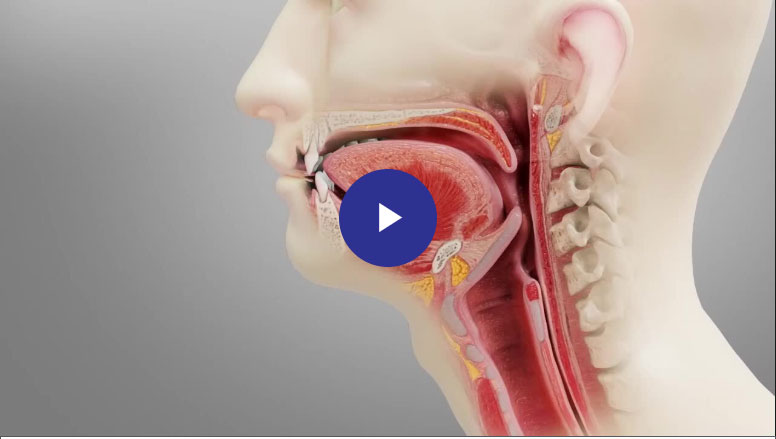CAREGIVERS UNDERSTANDING CYSTINOSIS
What is cystinosis?
Whether your cystinosis journey has just begun or you've been living with the disease for some time, understanding what's going on in your body may help. Cystinosis is a rare genetic disease. It's caused by a buildup of cystine in the body. This buildup causes crystals to form and harm the body.
Understanding cystinosis
The 3 types of cystinosis
- Nephropathic cystinosis or classic infantile cystinosis is the most common form of the disease. It is also the most serious. About 95% of people with cystinosis have this type. Symptoms usually appear early in the first year of life, and it’s a lifelong disease.
- Intermediate cystinosis or juvenile cystinosis is a less serious form of the disease. It may not be diagnosed until a person is a teenager.
- Ocular cystinosis or nonnephropathic cystinosis is the least serious form of the disease and only affects the eyes.
How people inherit cystinosis
Cystinosis isn’t something you can catch from another person. It’s a genetic condition, which means a child is born with it. A child gets cystinosis if both parents are carriers of the disease and the gene that doesn’t work right gets passed down from both parents.


When two carriers have a child, there is a 25% chance that the child will have cystinosis and a 50% chance of the child being a carrier.
How cystinosis affects the body
In people with cystinosis, cystine gets trapped in the cells. This causes cystine levels to rise. When cystine levels rise, crystals form; these crystals eventually lead to harm to the body.
What cystinosis looks like in the cells
Human cells are like little factories in the body. They do a lot of work to help keep the body healthy. But in people with cystinosis, a part of cells called the “lysosome” doesn’t work right.


Save this page
Share this message with your family, friends, caregivers, and doctors to help them learn more about cystinosis.
Cystinosis signs and symptoms
Cystinosis damage may appear at different times in different people. The amount of damage cystinosis does to the body and the rate at which it occurs may depend on how well a person manages the disease. Genetic and environmental factors may also play a role.
Kidney damage
Kidney damage is often the first sign of cystinosis but, over time, cystinosis may affect many parts of the body.
Click on the tabs below to see common cystinosis signs and symptoms
(Note: Signs and symptoms may vary from patient to patient)
-
Infants
-
Children
-
Adults
Infants


Children


Adults


Muscle damage
Myopathy, or muscle damage, can occur when cystine crystals build up within the cells in the body. Keeping cystine levels low is the main way to help limit or possibly delay the effects of myopathy on the muscles.
Watch: Myopathy (muscle damage) in the hands
Watch: Myopathy (muscle damage) in the throat
Talk to your doctor
Keeping cystine levels low is the primary way to slow the effects of cystinosis. That’s why it’s important to speak with your healthcare team and your doctor about ways to help manage your cystinosis.
Fanconi syndrome and cystinosis
- The body losing important substances needed for good health
- Needing to pee (urinate) a lot
- Extreme thirst or dehydration
- A softening or weakening of the bones, commonly called rickets
Common cystinosis signs and symptoms in infants

Eventually, cystinosis may cause damage that leads to kidney failure (also called renal failure), dialysis, and kidney transplant.
Do you want to link to our other external sites and leave cystinosisunited.ca?
You are now leaving the cystinosisunited.ca website. Please note that the information you are about to view may not comply with Canadian regulatory requirements. Marketing authorizations and availability of products may differ between Canada and other countries.






